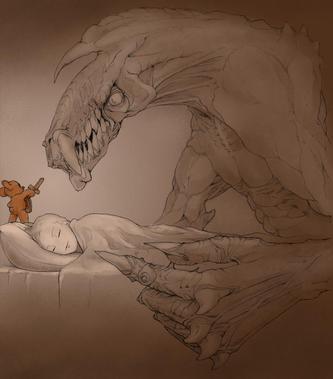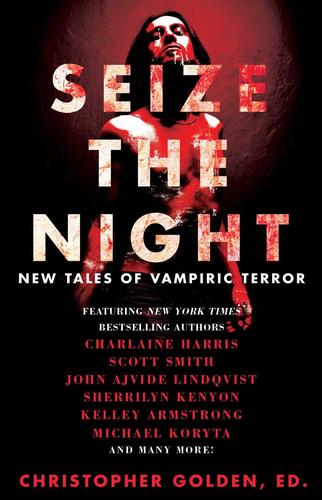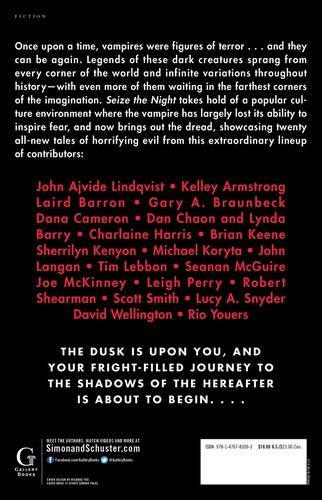Future Treasures: Medusa’s Web by Tim Powers
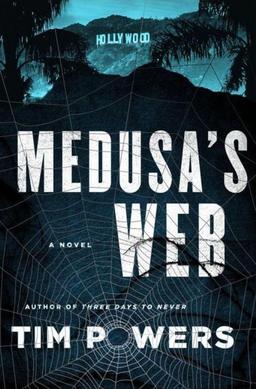 A new book by Tim Powers is a major event. Powers made a huge splash with his early novels, especially The Drawing of the Dark (1979), which Fletcher Vredenburgh reviewed for us here, The Anubis Gates (1983), Dinner at Deviant’s Palace (1985), and On Stranger Tides (1987). His last novel was Hide Me Among the Graves (2012), a sequel of sorts to The Stress of Her Regard (1989). Medusa’s Web is a phantasmagoric tale of a man who must uncover occult secrets in 1920s Hollywood to save his family.
A new book by Tim Powers is a major event. Powers made a huge splash with his early novels, especially The Drawing of the Dark (1979), which Fletcher Vredenburgh reviewed for us here, The Anubis Gates (1983), Dinner at Deviant’s Palace (1985), and On Stranger Tides (1987). His last novel was Hide Me Among the Graves (2012), a sequel of sorts to The Stress of Her Regard (1989). Medusa’s Web is a phantasmagoric tale of a man who must uncover occult secrets in 1920s Hollywood to save his family.
In the wake of their Aunt Amity’s suicide, Scott and Madeline Madden are summoned to Caveat, the eerie, decaying mansion in the Hollywood hills in which they were raised. But their decadent and reclusive cousins, the malicious wheelchair-bound Claimayne and his sister, Ariel, do not welcome Scott and Madeline’s return to the childhood home they once shared. While Scott desperately wants to go back to their shabby South-of-Sunset lives, he cannot pry his sister away from this haunted “House of Usher in the Hollywood Hills” that is a conduit for the supernatural.
Decorated by bits salvaged from old hotels and movie sets, Caveat hides a dark family secret that stretches back to the golden days of Rudolph Valentino and the silent film stars. A collection of hypnotic eight-limbed abstract images inked on paper allows the Maddens to briefly fragment and flatten time — to transport themselves into the past and future in visions that are both puzzling and terrifying. Though their cousins know little about these ancient “spiders” which provoke unpredictable temporal dislocations, Ariel and Claimayne have been using for years — an addiction that has brought Claimayne to the brink of selfish destruction.
As Madeline falls more completely under Caveat’s spell, Scott discovers that to protect her, he must use the perilous spiders himself. But will he unravel the mystery of the Madden family’s past and finally free them… or be pulled deeper into their deadly web?
Medusa’s Web will be published by William Morrow on January 19, 2016. It is 368 pages, priced at $26.99 in hardcover and $12.99 for the digital edition.
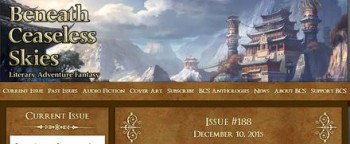


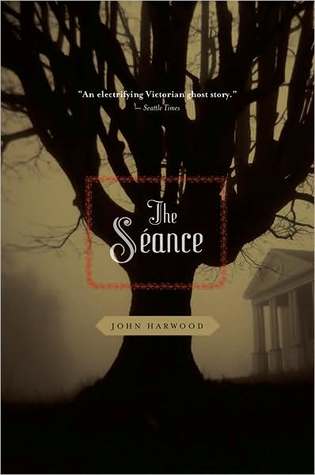
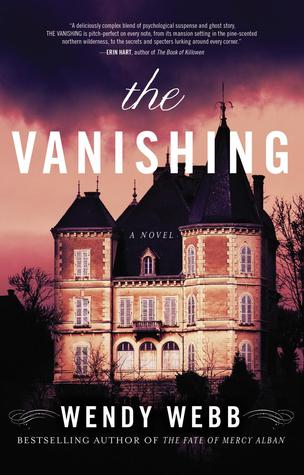

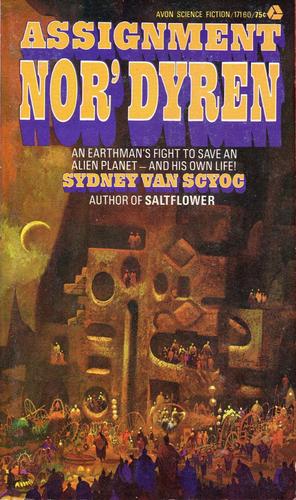

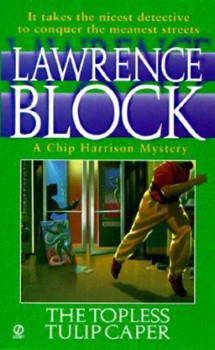
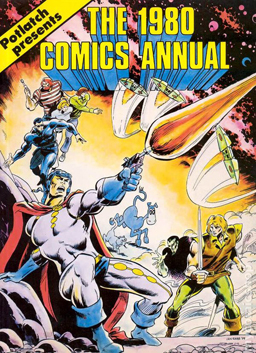 (I’ve decided to again delay my ongoing series of essays about C.S. Lewis, for a number of reasons. As it happens, though, there’s another piece I’ve been meaning to write for a while. So here it is.)
(I’ve decided to again delay my ongoing series of essays about C.S. Lewis, for a number of reasons. As it happens, though, there’s another piece I’ve been meaning to write for a while. So here it is.)